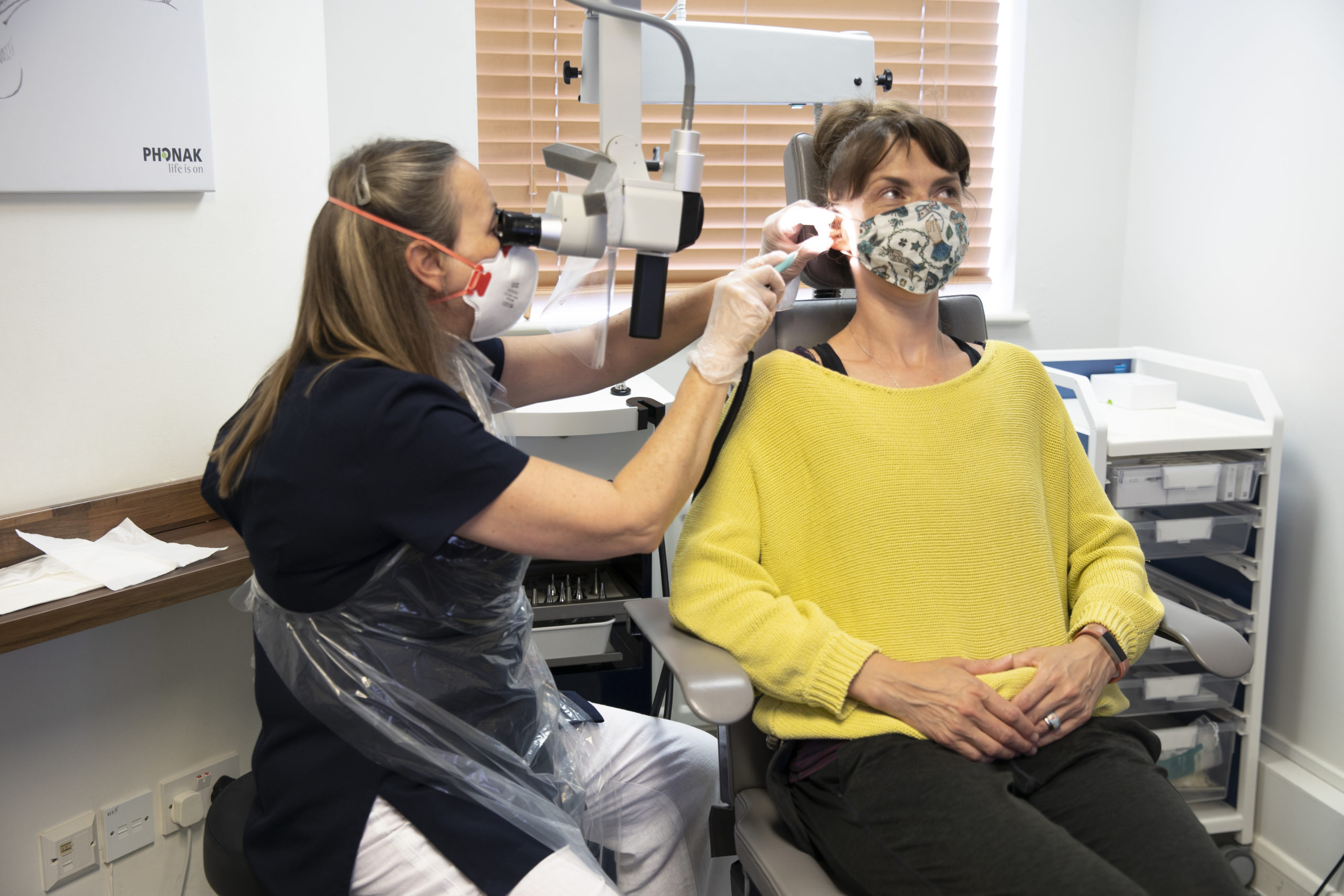
Getting rid of ear wax safely
Ear wax (also known as cerumen), a bodily secretion that many of us could live without, is actually very useful for our health – in small amounts. As a natural cleanser that moves from the inside of the ear canal to the outside, ear wax traps and gathers dirt, debris, dead skin cells, dust and hair. Moreover, ear wax has antibacterial properties, keeping the ears lubricated and protecting them from various infections. In this article we look at getting rid of ear wax safely and the reasons why excess or impacted ear wax can become a problem.
Why do some people have problems with ear wax?
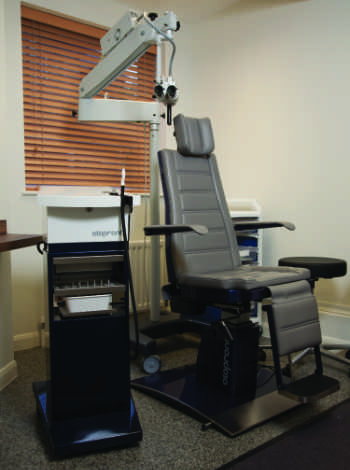
Everyone makes ear wax, but some people produce more than others. This is due to many reasons. The amount and quality of ear wax each person produces depends on their genetics. As a matter of fact, studies have shown that a high percentage of East Asians produce dry ear wax, whereas people of African or European ancestry tend to produce wet ear wax.
On the other hand, people with small or narrow ear canals can also experience ear wax build-up, since these anatomical characteristics make it more difficult for ear wax to exit the ear canal naturally.
People with hearing aids are also prone to ear wax build-up, since they have a foreign body in their ear every day which can lead to a blockage and impacted ear wax over time. For the same reason, it’s not recommended to use cotton swabs to remove excess ear wax.
How do I know if I need to see a specialist?
If you feel that your ears are full or you are in pain, then chances are that your ears are impacted. Other symptoms that suggest you are in need of ear wax removal include loss of hearing, ringing ears (tinnitus), itchy ear canals, discharges and/or smelly ears.
If you have any of the above symptoms, you should book an ear wax removal appointment. It’s really important to see whether ear wax is causing pain or discomfort, since ear problems can also be caused by other conditions. The audiologist will look into your ears carefully and determine whether they are blocked by excessive ear wax.
Ear wax microsuction
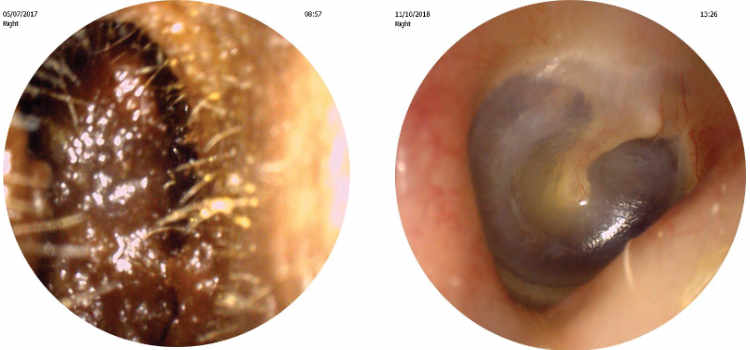
If ear wax removal is necessary, then there are many options. In some cases, irrigation (removal by water) works well. However, irrigation does not always dislodge the entirety of the ear wax blockage, particularly if the ear canal is narrow. Microsuction is an alternative, innovative method of cleaning the ear canal, using a suction device guided by a microscopic camera. Microsuction is quick, safe and does not need pre-treatment. The audiologist will use a camera to navigate around the ear canal, safely removing the excess ear wax. In most cases, the blockage is removed in a few minutes.
Cleaning your ears properly
To prevent future problems with your ears, don’t stick anything inside them. Only use cotton swabs on the outside of your ear canal and if you feel uncomfortable, see an audiologist. More importantly, stay away from ear candles or any DIY remedies which are advertised as natural ear wax removal methods, since they can harm your ears.
Getting rid of ear wax safely – where to find out more
At Help in Hearing we generally offer microsuction but occasionally we carry out irrigation (water) or “dry removal” using a small probe. The method will depend on your specific history and condition of the ear. No GP referral is required.
Managed by qualified audiologists
Only our carefully selected, fully qualified and experienced audiologists with additional training in aural microsuction ear wax removal will carry out ear wax microsuction.
Please fill in our online form to request an ear wax removal appointment.
Or read more about ear wax on our Ear Wax Management page.
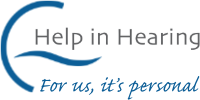
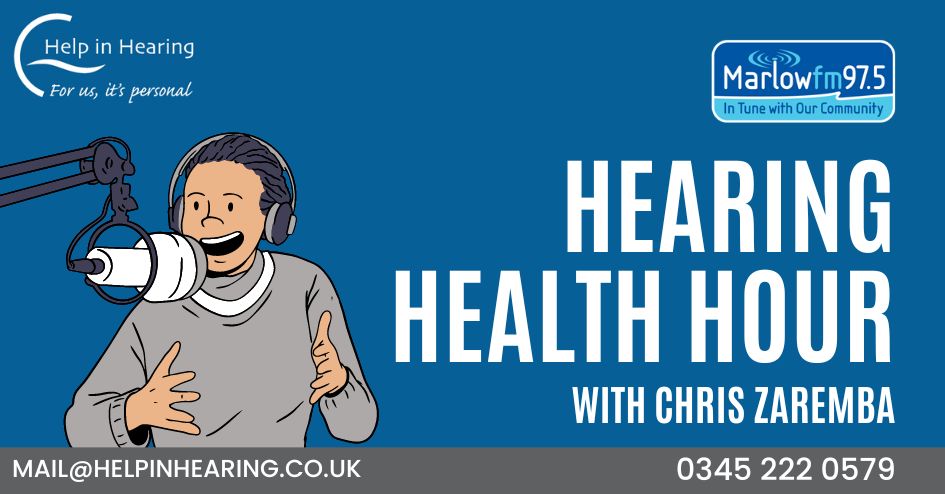
This Post Has 0 Comments